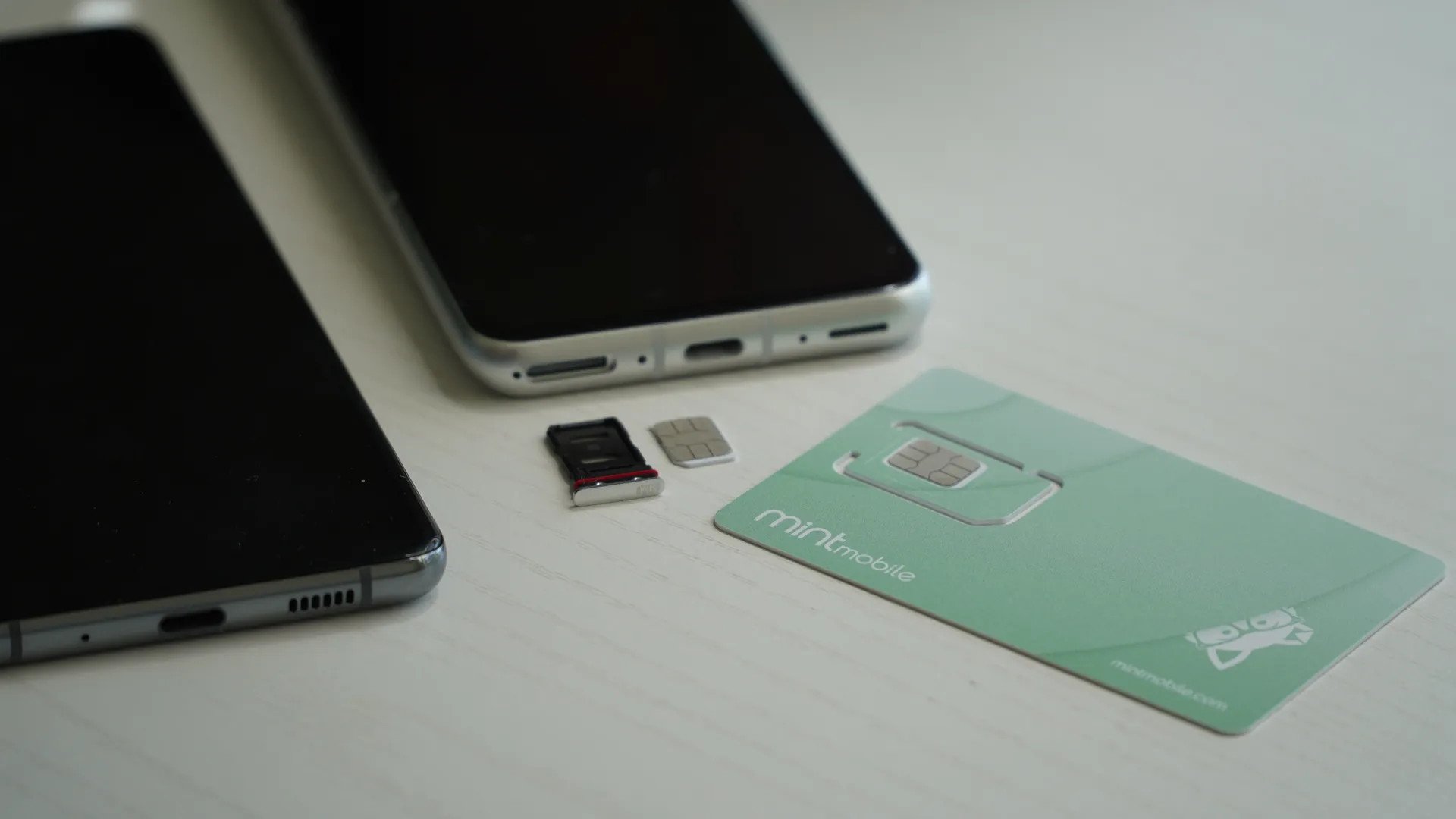The new Android Auto has me excited, and Apple should be worried
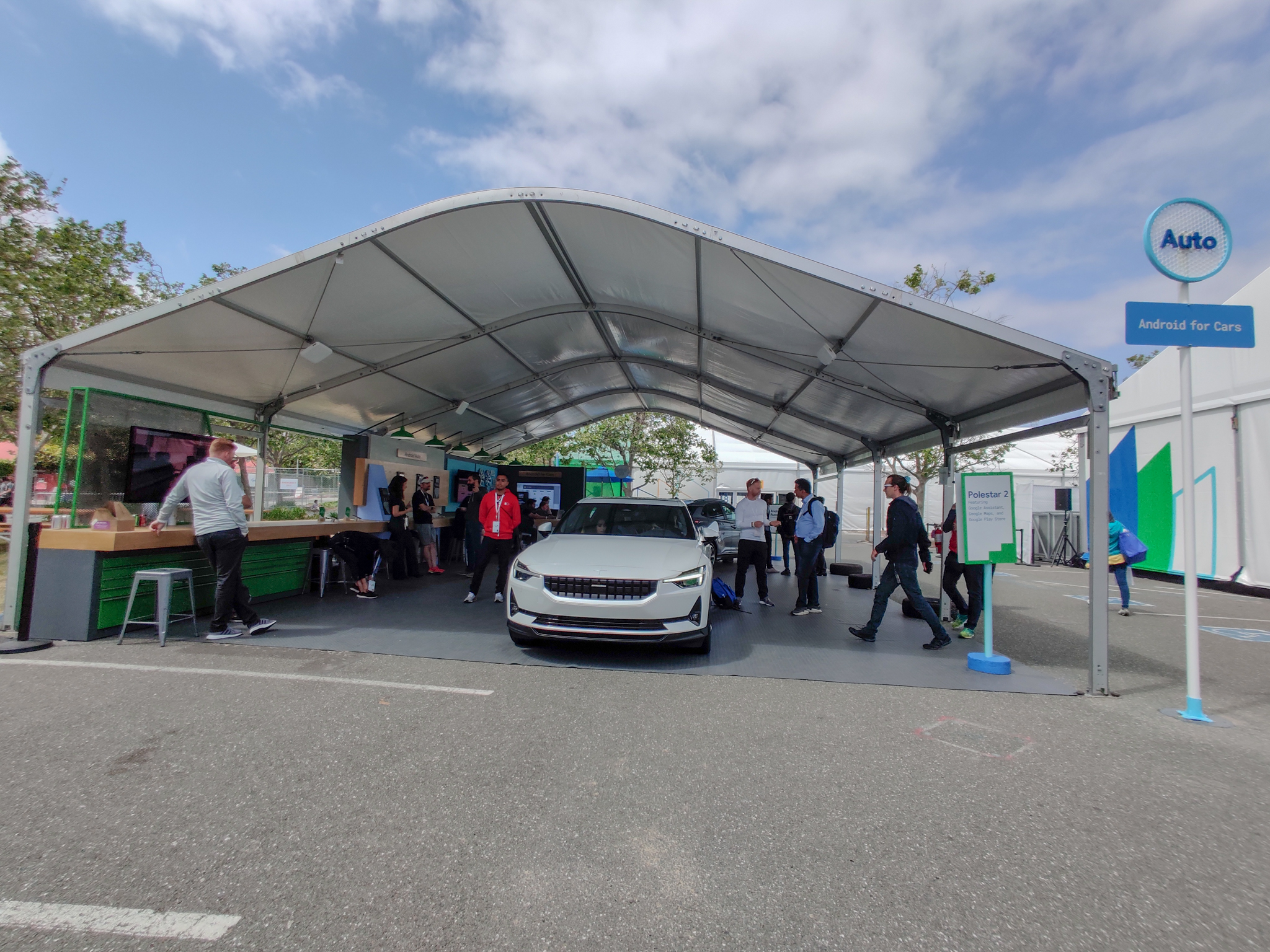
One of the lesser announcements at Google I/O – considering it was made a few days before Google's developer conference kicked off – was the new version of Android Auto. The new UI – which is different and, crucially, better than the previous version – has been designed so you spend less time trying to surface information, and more time focusing on the road. More importantly, it shows that Google is taking automotive seriously, and it should have Apple incredibly worried.
Google was a little late to the in-dash automotive game, given that the first car with CarPlay – the Ferrari FF – launched almost eight months before the first car with Android Auto. Initially however, more cars supported CarPlay which was more an indication of the popularity of the iPhone vs Android phones back then.
Fast forward to now and Android Auto has much wider adoption. Furthermore, this week we saw not only the new version of Android Auto which I'm super excited about (more on that below), but also Google's efforts to integrate the Assistant with cars beyond just Android Auto. The latter is where Apple should be truly worried.
The new Android Auto is beautiful, intuitive and simply fantastic
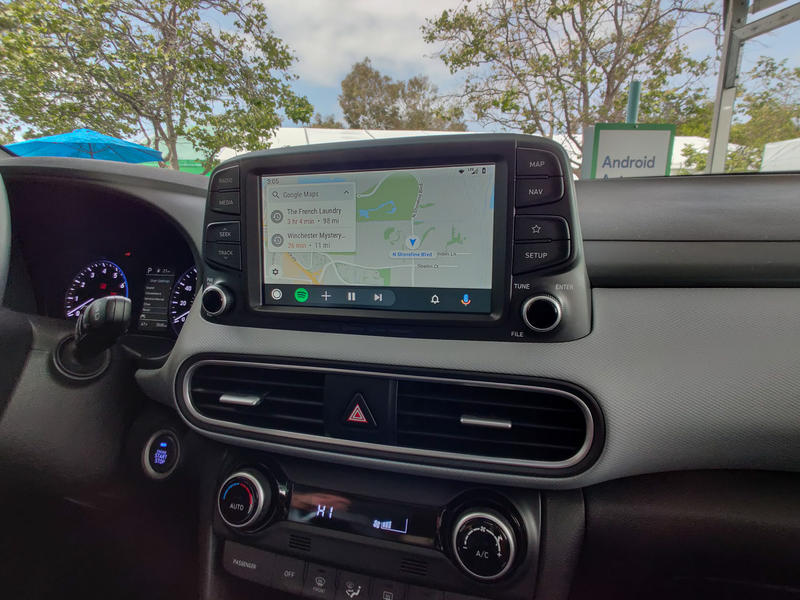
Living in New York, I don't own a car, and I rarely drive one for that matter. However, before I moved here, I spent two years in San Francisco where every one of my rental cars had Android Auto and CarPlay. That wasn't by default – I simply refuse to rent, or drive, a car that doesn't have Android Auto.
I do like CarPlay and it's somewhat intuitive, but Android Auto is leaps and bounds ahead of it. Even with the addition of Google Maps and Waze (last year at that) to CarPlay, it still can't compete with the overall capability of Android Auto. Further to that, the new Android Auto is a rethink of how your Android phone and your car talk to each other. Instead of multiple taps between screens like I need to do in my rental car right now, the new Android Auto makes it easy to access exactly what you need.
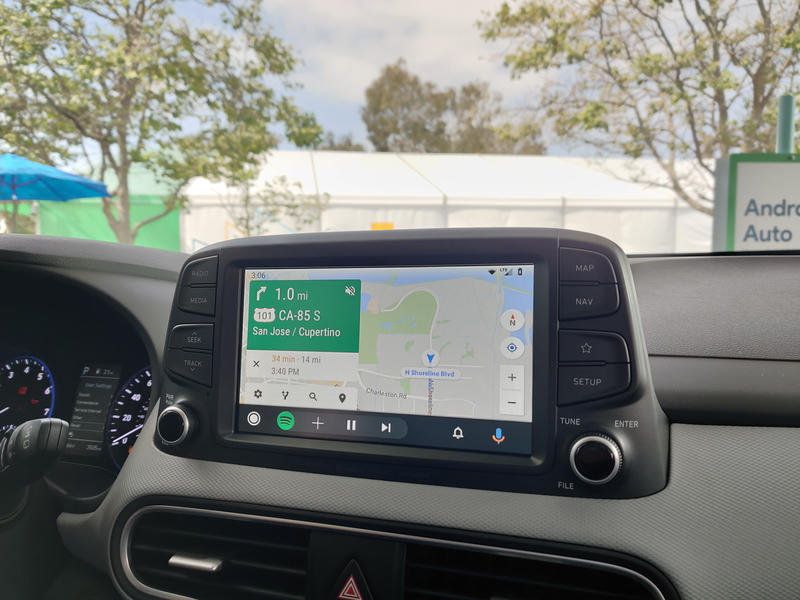
As soon as you plug your phone in, it launches straight into maps with a couple of suggested destinations right there at your fingertips. If you were playing music or listening to something (like a podcast or audio book) before plugging in, it will continue playing that as well. Instantly, that's saved me a few taps between the various screens and that's before I've even begun driving.
The big changes come in the way it surfaces information. The nav bar at the bottom has been completely reimagined, with your apps now living in an app drawer. If you're playing music while navigating, you'll find the Maps and Spotify (in this example) icons in the bottom. When you're in Google Maps, it'll display audio controls in the bottom bar so you don't need to switch apps, and if you do switch apps, it'll still display the navigation directions along the bottom.
Be an expert in 5 minutes
Get the latest news from Android Central, your trusted companion in the world of Android
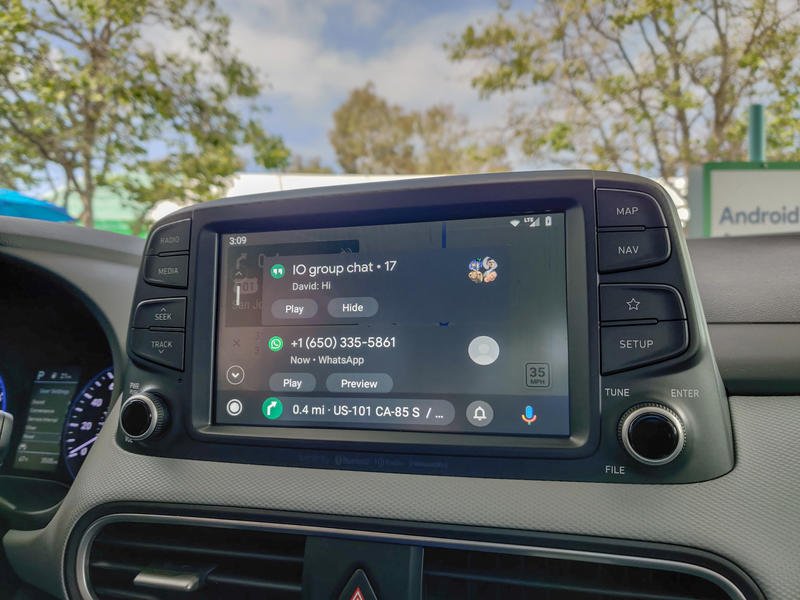
This is impressive, and I can see it saving me several clicks in almost every interaction with Android Auto. It gets better though: one of my biggest grievances with the current version of Android Auto is when messages come through. Simply put – it's rubbish. Further, if you get a bunch of messages from different sources, finding that missed notification can be hard as not everything is surfaced on the home screen.
The new Android Auto improves this immensely. There's now a central notification area that puts all of your unread notifications in one place. This makes it easy to pick up that message from the people you might be visiting and quickly respond without needing to think about it. Similarly, a whole bunch of messages from a loved one might be a sign that you need to respond quickly and identifying this is much harder on the current version.
Everything just feels better in the new Android Auto.
Of course, the app drawer is a huge change and fundamental shift of how you think about Android Auto. Previously, it was safe to say that Android Auto was less an extension of your phone as a warped OS that worked in very specific ways. The new Android Auto surfaces all the apps you have installed that support Android Auto in the app drawer, and even has a very handy icon identifying which apps have been optimized with Google Assistant actions, such as asking the weather etc.
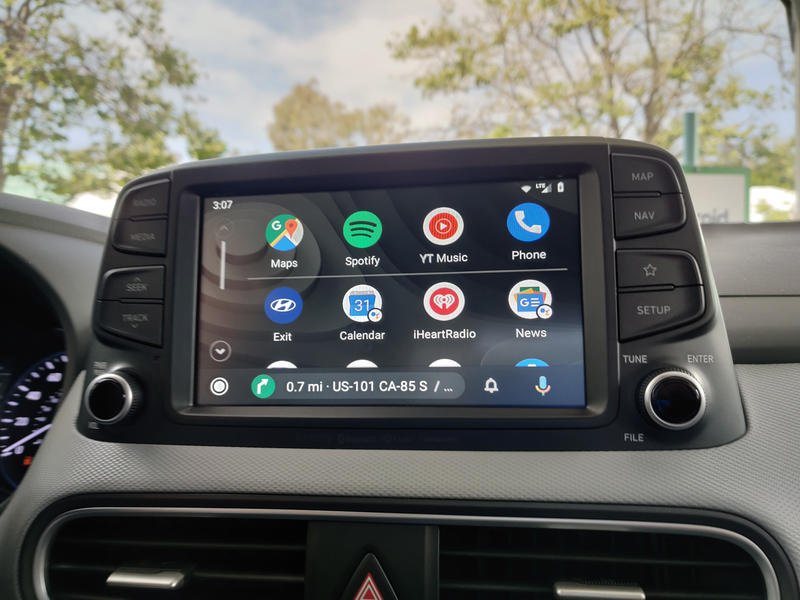
Everything just feels better in the new Android Auto, and I can't wait to try it out. It now supports more input methods such as touchpads, so it'll be compatible with more cars. Google is also working with more manufacturers and it won't be long before every new car, regardless of manufacturer, supports Android Auto.
More importantly however, the next car I buy (more than likely once I leave NYC) also needs one more thing: Google Assistant integration.
Google's vision focuses on Google Assistant, not Android Auto
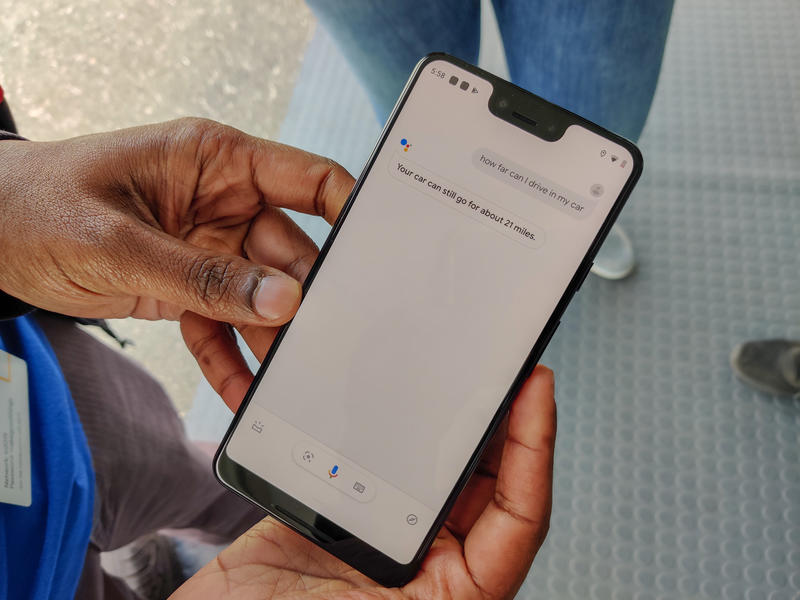
Throughout the redesign of Android Auto, the new Polestar infotainment system which runs Google apps natively (and talks directly to Assistant) and well, everything at Google I/O, there was one theme: Google Assistant. What was first simply a project within Google has now become the beating heart of everything that Google does.
Google Assistant is also Google's biggest opportunity to set itself apart from everyone else in the automotive industry. Regardless of where Apple takes CarPlay, Siri will need humongous improvements to be anywhere near as useful as Google Assistant. While Apple focuses on that, Google is beginning to usher in a new era of how we think of cars.
Hands on with Google Assistant Driving mode, a new way to drive safely
Take its new partnerships with Hyundai and Mercedes. From your phone, or any Google Assistant device, you can remotely lock and unlock your car. You can also start the engine and set the car's temperature to a specific temperature. Google Assistant doesn't talk directly to the car, rather it communicates through the manufacturer's servers, but the car still appears as a device in the Assistant app, just like any other Google Assistant device.
With Assistant, Google is beginning to usher in a new era of how we think about cars.
Right now, that's a cool party trick but imagine as part of your morning routine if Google could automatically defrost your car so it's ready to go just as you need to leave work. It isn't there just yet, but it's not far away. The new Assistant integration is only compatible with certain Hyundai and Mercedes cars right now but given that Mercedes took a long time to even offer Android Auto support, it's telling that they're one of Google's first partners. Imagine the possibilities when companies such as VW and Toyota get onboard.
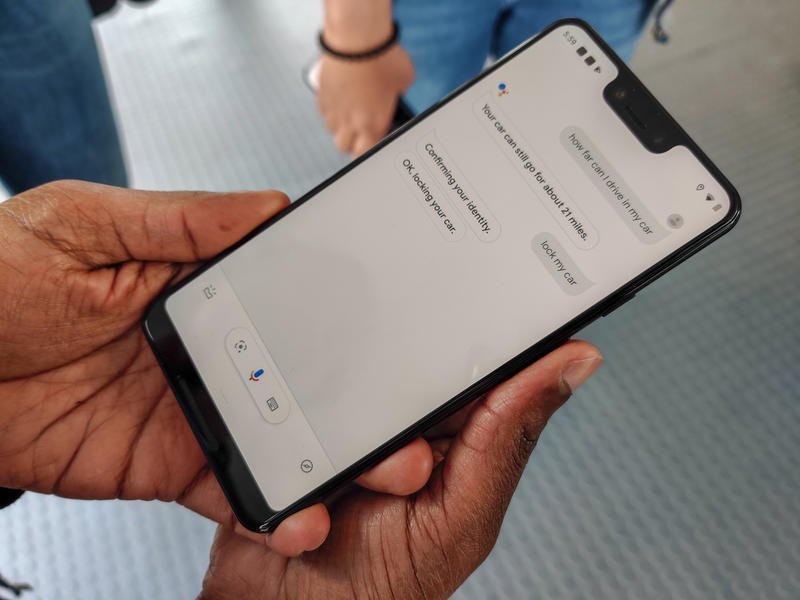
From your Assistant device, you can see how many miles you've got left in the tank, and a few other party tricks that Google couldn't demonstrate during its limited demo at I/O. As a first step, this is super exciting. In the very immediate future – as I have absolutely zero plans to buy a car in New York City – the new Android Auto has me excited. It won't launch until later this year, but when it does, I'll be looking to ensure any car I drive has the new version of Android Auto.
If a car can be a fully-fledged Assistant device, is there anything that can't be?
Where it goes from this first step is anyone's guess but considering that most first demonstrations are small and insignificant, this is the exact opposite: it has the potential of being able to change the way we think about cars. If a car can be a fully-fledged Assistant device, is there anything that can't be?
As for Apple, I'd love to see the company allow CarPlay to achieve its full potential. Not recognizing the very real threat of Google working closer with car manufacturers may be to the company's detriment. Of course, WWDC is just a few weeks away and Apple could unveil something – hardware or software – that gives it the upper hand in the automotive space. Or not, who knows. Either way, we'll find out the first week of June and I can't wait.
Check out these other awesome happenings at Google I/O:
- The Google Assistant is now ten times faster on phones
- Google Pixel 3a and 3a XL announced – the best mid-range phones of 2019?
- The Nest Hub Max is the perfect all-in-one smart home device, and I want one
Nirave Gondhia has been writing about the mobile industry for over a decade and began his career selling and fixing phones in the UK. He's used every flagship smartphone over the past five years and carries at least two phones at all times - currently, he's using the iPhone 11 Pro, [Samsung Galaxy Fold and Motorola RAZR. Say hi to him on Twitter at @nirave.

